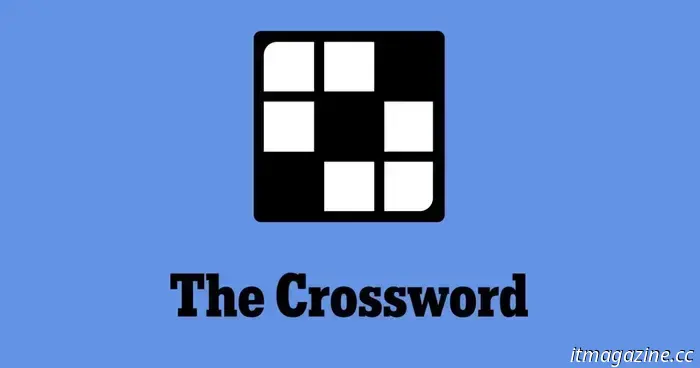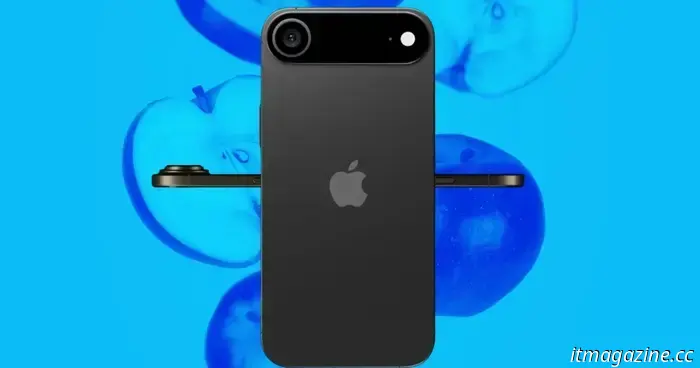
Google Gemini: All the essential information you require
Artificial intelligence (AI) is currently ubiquitous. Platforms like ChatGPT are frequently in the news for their innovations, while others such as Claude are being employed for tasks ranging from writing cover letters to creating (admittedly subpar) novels. Google's latest entry into the AI landscape is Google Gemini, which in many ways replaces Google Assistant and is built into various mobile devices, including the Google Pixel phones.
Grasping what Gemini is and its capabilities may appear overwhelming, but it’s simpler than you may think. It can significantly streamline certain daily tasks and assist you in discovering answers to questions you didn’t even realize you had, all without the need to sift through extensive articles. Here’s a comprehensive overview of everything you need to know to start using Gemini effectively.
What is Google Gemini?
Google
Have you previously used Google Assistant? If so, you likely have a basic understanding of the development that led to Google Gemini. Assistant was an element of Google’s smart home ecosystem before becoming vital for smartphones, yet it always lacked some functionalities and never truly felt like "real" AI.
Gemini represents the advancement of Google Assistant. It is classified as a multimodal AI model, which means it can process data from diverse sources and interpret that information contextually. It can identify images, listen to audio recordings, and read written content, providing clear summaries of all this information.
The initial mentions of Gemini appeared during Google I/O, the company's annual developer conference, in 2023. It was initially codenamed Titan, after one of Saturn’s moons, before being renamed Gemini. The name is fitting, as it denotes both a constellation and the Latin word for “twins,” reflecting the collaboration of two distinct teams at Google: DeepMind and Google Brain.
The AI was launched in December 2023 and has continued to grow and evolve since. Other Google initiatives, such as Bard and Duet AI, have become integrated into the broader Gemini framework. The language model is now embedded in numerous phones, laptops, and more, and it can interact with certain applications in a way that few others can match.
The latest version, Gemini 2.5 Pro, is now accessible to all Gemini users and is capable of “thinking” about the inquiries you pose, offering more thorough, targeted responses.
How is Gemini different from Google Assistant?
Tushar Mehta / Digital Trends
Google Gemini is a fully developed artificial intelligence with a broader range of functionalities, whereas Google Assistant consists of preset routines with limited processing power. Assistant can carry out a limited number of tasks, and it cannot seek answers or handle queries in the same manner as Gemini.
The primary distinction lies in this: Gemini is genuine artificial intelligence, whereas Google Assistant is not.
What can Gemini do?
Andy Boxall / Digital Trends
It might be simpler to inquire what Gemini cannot do. The answer to that is straightforward: it can't perform tasks requiring physical action, at least not yet. This limitation might not last long, however, as Gemini Robotics (another division of Google) is developing consumer-grade robotic assistants capable of tasks like folding laundry, cleaning your home, and even playing basketball.
In fact, saying Gemini cannot perform those actions is a bit misleading. It certainly knows how—it just lacks the necessary interface to carry them out. While we often joke about AI resembling Rosie from The Jetsons, we are closer to that reality than many people realize.
As for the other capabilities of Gemini, they largely depend on your specific needs.
Video creation
If you have a subscription to Google One AI Premium (a paid tier that offers advanced functionalities), you can utilize Google’s Veo 2 tool to produce videos from just a few lines of text input.
Andy Boxall / Digital Trends
Currently, Veo 2 can generate eight-second clips at a resolution of 720p. According to Google, Veo 2 “understands the unique language of cinematography,” allowing you to specify focal lengths, effects, and more, with resolutions reaching up to 4K and durations in minutes. Moreover, Veo 2 has fewer inaccuracies compared to its competitors, meaning fewer anomalies, such as characters with too many fingers.
Information processing
Google Gemini can analyze up to 30,000 lines of code or about 1,500 pages of text at once. If you input a novel, it can summarize the plot, extract themes, propose discussion questions, and more. It can help find errors in code and support programmers in troubleshooting.
If you provide Gemini with a podcast or audio recording, it can listen and answer specific questions while providing timestamps. Gemini can even integrate with other Google applications like Gmail, creating travel itineraries based on information found in your inbox.
There are numerous other examples of Gemini's versatility that extend far beyond what can be covered here.
Image creation
Gemini is also capable of generating images based on textual descriptions. It utilizes Imagen 3, which Google calls its “highest quality text-to-image model to date






Other articles
 NYT Crossword: solutions for Tuesday, April 22.
The crossword puzzle in The New York Times can be challenging, even if it's not the Sunday edition! If you're facing difficulties, we're available to assist you with today’s clues and solutions.
NYT Crossword: solutions for Tuesday, April 22.
The crossword puzzle in The New York Times can be challenging, even if it's not the Sunday edition! If you're facing difficulties, we're available to assist you with today’s clues and solutions.
 All team-up abilities and modifications in Marvel Rivals Season 2.
Marvel Rivals Season 2 has greatly altered the hero dynamics and brought in new team-up abilities to the game.
All team-up abilities and modifications in Marvel Rivals Season 2.
Marvel Rivals Season 2 has greatly altered the hero dynamics and brought in new team-up abilities to the game.
 The iPhone 17e has appeared in a recent leak, suggesting it could arrive sooner than anticipated.
A recent leak suggests that the iPhone 16e could have a successor, and possibly sooner than anticipated.
The iPhone 17e has appeared in a recent leak, suggesting it could arrive sooner than anticipated.
A recent leak suggests that the iPhone 16e could have a successor, and possibly sooner than anticipated.
 The iPhone 17 Pro may introduce a completely new color for the iPhone.
The iPhone 17 Pro could be offered in a new color option that is presently exclusive to the MacBook Air.
The iPhone 17 Pro may introduce a completely new color for the iPhone.
The iPhone 17 Pro could be offered in a new color option that is presently exclusive to the MacBook Air.
 Pinterest aims to stay ahead of school smartphone restrictions by launching a new test for teenagers.
Pinterest is experimenting with an in-app notification aimed at encouraging teenagers to concentrate on their studies rather than scrolling during school hours.
Pinterest aims to stay ahead of school smartphone restrictions by launching a new test for teenagers.
Pinterest is experimenting with an in-app notification aimed at encouraging teenagers to concentrate on their studies rather than scrolling during school hours.
Google Gemini: All the essential information you require
Google Gemini is a robust artificial intelligence designed to make everyday tasks easier. Here’s what you should be aware of.
